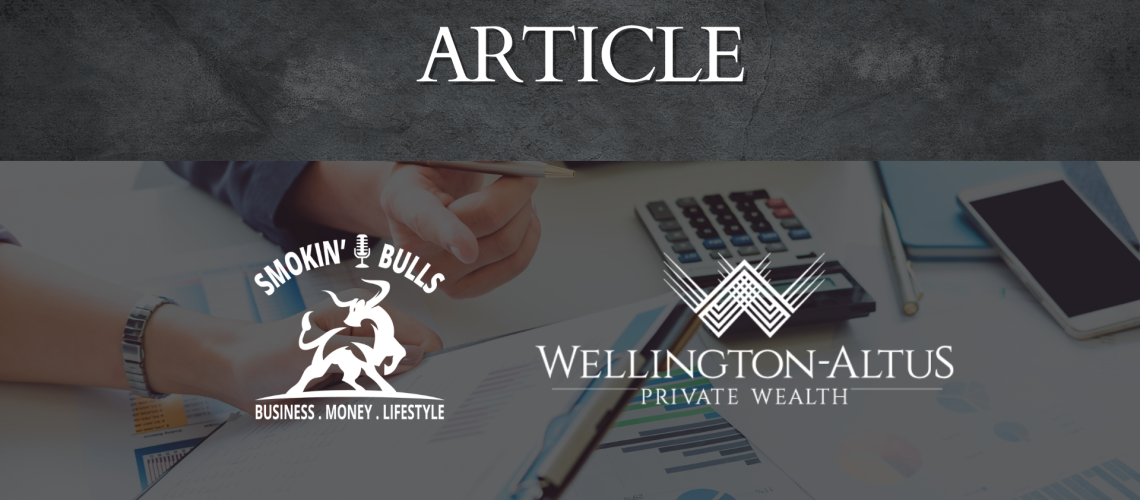For many investors, insurance traditionally starts as a risk management tool to provide income protection in the event of unexpected life events. However, over a lifetime, insurance can evolve into a versatile tool that serves the multiple needs of high-net-worth (HNW) individuals.
HNW individuals often have different priorities than the average investor. There is typically a greater emphasis on preserving wealth and managing risk. HNW individuals may have more complex tax planning needs. The approach to estate and succession planning may focus more on preserving wealth to pass on to future generations, while minimizing estate taxes. Additionally, there may be more intricate financial structures, such as family trusts or business ownership, which may require careful planning.
While protection remains a fundamental objective of any insurance strategy, HNW investors should also consider the additional benefits, including tax-sheltered investment growth (where funds invested in the policy are protected from income tax or probate fees), estate preservation (providing liquidity to cover taxes triggered upon death, so estate goals aren’t compromised) and enhanced wealth transfer (with a tax-free death benefit paid to beneficiaries, not subject to probate, where applicable).
Insurance as an Asset Class?
Many HNW clients have already maximized contributions to tax-advantaged accounts like RRSPs or TFSAs. As such, they may seek ways to minimize the tax burden associated with non-registered investments. This is where permanent insurance solutions may offer an opportunity. The tax-preferred growth of the cash value in participating whole life insurance, along with the tax-free death benefit (and protection from probate fees, where applicable), makes insurance a potential alternative to low-risk fixed-income options. Some policies may even outperform the fixed-income component of a traditional balanced portfolio on an after-tax basis. As a result, alternative wealth strategies using insurance and annuities are increasingly being used to complement investment portfolios and provide diversification.
As a reminder, here are four insurance strategies used by HNW investors that might be considerations to enhance your wealth management:

Cascading Life Insurance Strategy — This strategy offers a tax-efficient way to accumulate and transfer wealth across generations. It involves investing in a permanent life insurance policy on a child or grandchild and naming a grandchild or great-grandchild as the named beneficiary. Upon the policyholder’s death, ownership transfers tax-free to the child or grandchild.1 When they eventually pass away, the grandchild or great-grandchild receives the death benefit tax-free.
Back-To-Back (Insured) Annuity — This strategy is ideal for retired clients seeking to boost income while leaving an inheritance. An insured annuity helps manage longevity risk and generates guaranteed income while diversifying a fixed-income portfolio and providing tax efficiency.
Joint Last-To-Die Policy — This policy insures two lives under a single premium and pays out after the second insured person passes away. It helps manage future tax liabilities, such as capital gains taxes on investment properties or business holdings, ensuring heirs are not burdened with excessive costs. For HNW individuals who don’t need RRSP/RRIF funds for income and anticipate a high marginal tax rate in retirement, one strategy may be to gradually draw down RRSP/RRIF funds to fund a joint last-to-die policy.
Corporate-Funded Insurance — Business owners can benefit from holding life insurance within a corporate structure. Most or all of the death benefit can be distributed tax free to shareholders through the capital dividend account. If the policy accumulates cash value, this growth may also be tax free.
Have you considered insurance for the benefits beyond income protection? There may be compelling opportunities for HNW investors to enhance their wealth strategies. To learn more, please don’t hesitate to reach out.
1. Change of ownership requires a named contingent owner listed; not an automatic transfer of ownership. This also applies for a named contingent beneficiary.
The information contained herein has been provided for information purposes only. The information has been drawn from sources believed to be reliable. Graphs, charts and other numbers are used for illustrative purposes only and do not reflect future values or future performance of any investment. The information does not provide financial, legal, tax or investment advice. Particular investment, tax, or trading strategies should be evaluated relative to each individual’s objectives and risk tolerance. This does not constitute a recommendation or solicitation to buy or sell securities of any kind. Market conditions may change which may impact the information contained in this document. Wellington-Altus Financial Inc. (Wellington-Altus) is the parent company to Wellington-Altus Private Wealth Inc. (WAPW), Wellington-Altus Private Counsel Inc. (WAPC), Wellington-Altus Insurance Inc. (WAII), Wellington-Altus Group Solutions Inc. (WAGS), and Wellington-Altus USA Inc. Wellington-Altus (WA) does not guarantee the accuracy or completeness of the information contained herein, nor does WA assume any liability for any loss that may result from the reliance by any person upon any such information or opinions. Before acting on any of the above, please contact your financial advisor..
©2024, Wellington-Altus Private Wealth Inc., Wellington-Altus Private Counsel Inc., Wellington-Altus Insurance Inc., Wellington-Altus Group Solutions Inc., and Wellington-Altus USA Inc. ALL RIGHTS RESERVED. NO USE OR REPRODUCTION WITHOUT PERMISSION. www.wellington-altus.ca
If you no longer wish to receive commercial electronic messages from Wellington-Altus Private Wealth Inc., please send an email to unsubscribe@wellington-altus.ca


